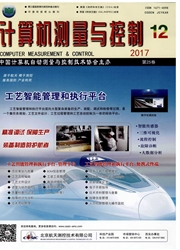

 中文摘要:
中文摘要:
为了比较高密度电法不同装置对地下电性结构的响应,建立了水平相邻低阻异常体和隐伏直立低阻异常体2个地电模型,基于有限差分法和最小二乘法开展了正演和反演成像数值模拟。当探测水平相邻低阻异常体时,偶极、三极、复合对称四极装置要优于其它装置,对异常体位置和形态反映较好,与实际异常体较吻合。当探测隐伏直立低阻异常体,如直立断层、破碎带等时,温纳、二极和复合对称四极装置要优于其它装置,其异常与实际情况更接近,效果更好。研究结果表明:三极装置可作为探测水平相邻低阻异常体时比较好的折衷方案,温纳β可作为地下断层探测时优先考虑的装置。
 英文摘要:
英文摘要:
In order to compare the response of different settings in resistivity tomography on the underground electrical structure,the authors built the horizontally adjacent low resistivity abnormal bodies,concealed vertical low resistivity geo-electric model and developed the forward and inversion imaging numerical simulation based on the finite difference method and least square method.When the horizontal adjacent low resistivity abnormal bodies are explored,dipole,pole-dipole,Wenner-Schlumberger settings are superior to the others in exploring the position and shape of abnormal body which are more in line with the actual anomaly.When the concealed vertical low resistivity anomaly is explored,such as vertical fault,crush belt etc.,Wenner,pole-pole and Wenner-Schlumberger settings are superior to the others,its abnormal is closer to the actual situation and the effect.The research results show that pole-dipole setting can be used for exploring horizontally distributed low resistivity abnormal bodies as the better eclectic scheme,Wenner beta can be considered asthe prior setting for detecting underground fault.
 同期刊论文项目
同期刊论文项目
 同项目期刊论文
同项目期刊论文
 期刊信息
期刊信息
